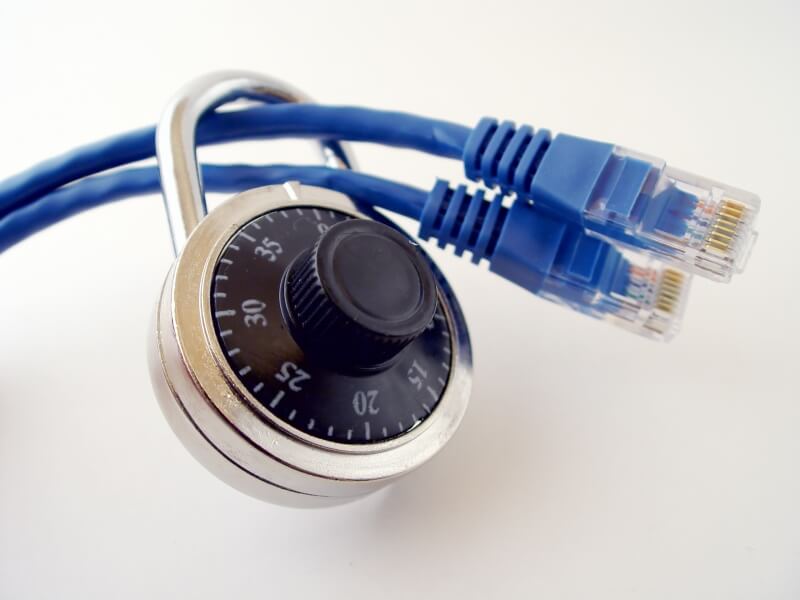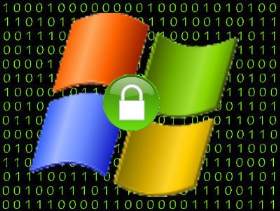A Code Signing Certificate is a technology which includes the process of validation for publishers of software, content, code, and scripts based on a digital signature to authenticate their identities to web users who have the code, software, and content. In addition to identifying the identity of the publisher, code signing protects the code from being tampered with.
What is the Code Signing Certificate?
In order to determine that applications and dynamic articles (such as ActiveX controls) are trustworthy or not, the first question is to validate or authenticate that the code or content, including the publisher and author, should, in fact, be trusted. An effective way to confirm the authentication of its author or publisher is the Code Signing Certificate. Normally the authoring programmer supplies a software program or content that is known and trusted. Now in certain situations, a Code Signing Digital Certificate will authenticate the author and publisher for their application and content using the digital mechanisms.
How to Deal with a Code Signing Certificate?
Code Signing Certificate depends on a digital signature technology, which is issued by an internationally trusted third party called Certificate Authority (CA). A Code Signing Certificate from a trusted Certificate Authority (CA) will identify the software and publisher. For example, Symantec Code Signing and Thawte Code Signing utilize digital IDs for application designers. When a programmer applies for a digital ID, it is necessary to provide confirmation of identification. A public/private key couple is produced when the certificate is issued. The key continues to be on the requester’s computer and is never sent to the CA and should not be shared with anyone. The community key is presented to the CA with the certificate.
Once the certificate is issued, the developer uses the private key associated with that group key to sign the content, code, or script. When web users download the signed code, they get a copy of the certificate to authenticate the identity of the publisher/author. The Web browser verifies the digital signature, and the user trusts that the code did indeed come from that particular developer.
Effects of Code Signing Certificate once it is issued
- The code is put through a one-way hash function. This creates a “digest” of fixed length.
- The developer’s private key is used to encrypt this digest.
- The digest is combined with the certificate and hash algorithm to create a signature block.
- The signature block is inserted into the portable executable file.
Steps of Authentication Process When Code is Downloaded From Another User
- The certificate is examined and the developer’s public key is obtained from the CA.
- The digest is then decrypted with the public key.
- The same hash algorithm that was used to create the digest is run on the code again, to create a second digest.
- The second digest is compared to the original.
Buy Code Signing Certificates at a Cheap Price
Secure a software digital objects, internal assests, code and scripts with Code Signing Certificate.
Save 13% on DigiCert Code Signing!
Add digital code signing security on your software with world’s trusted code signing certificate.









